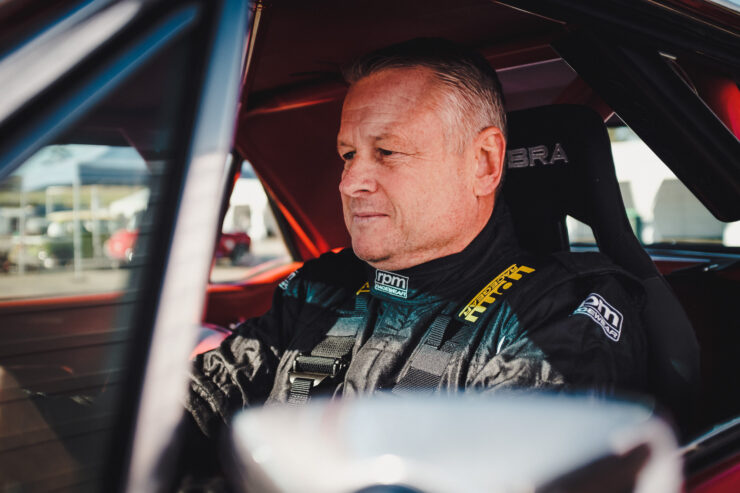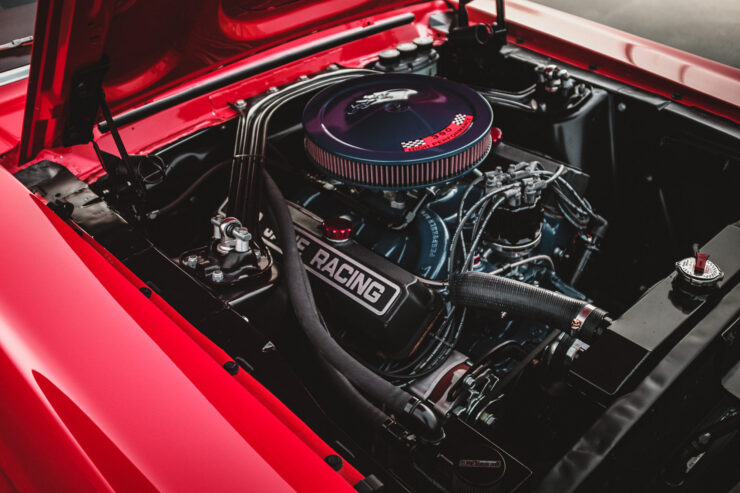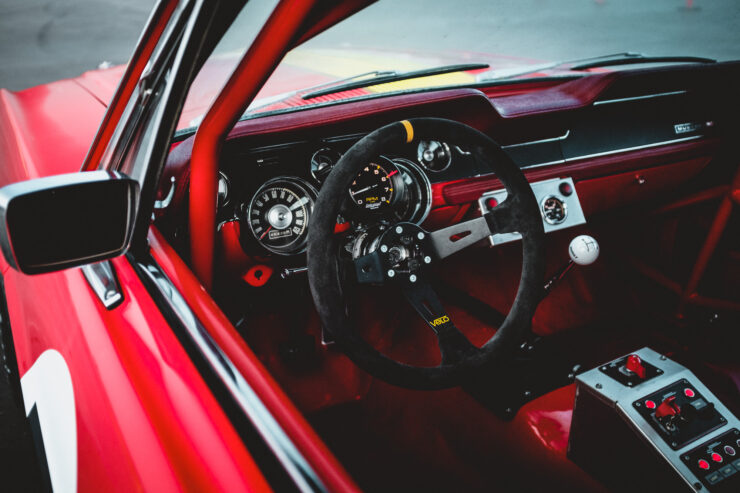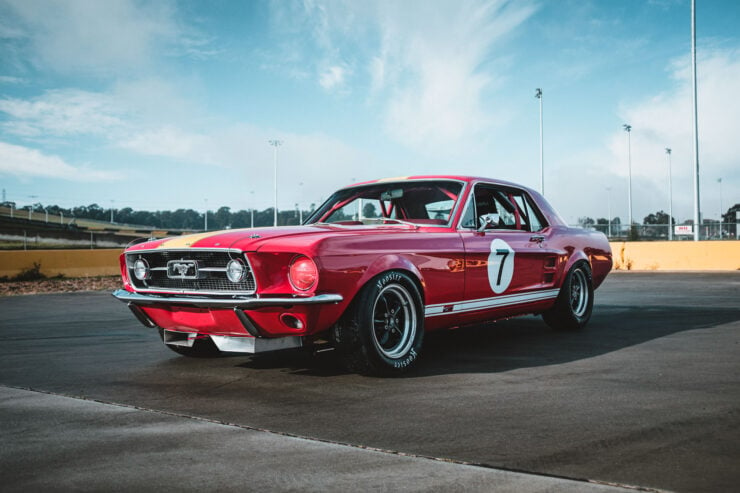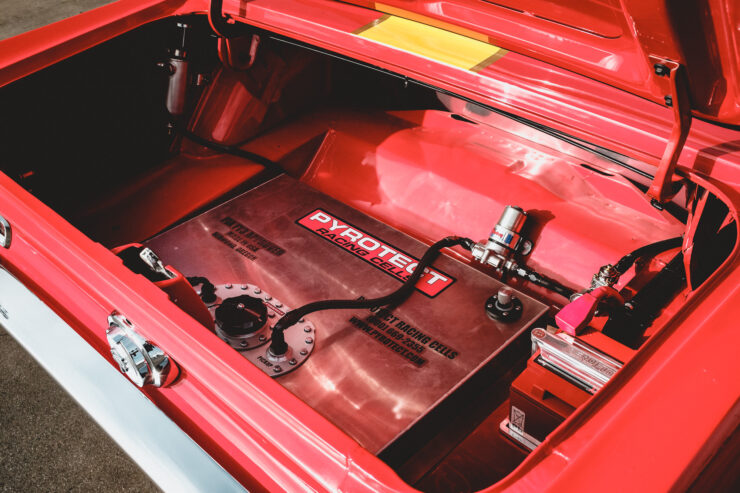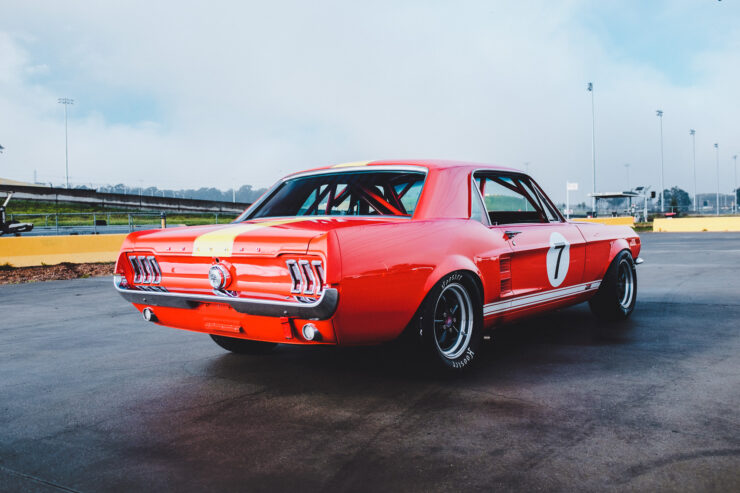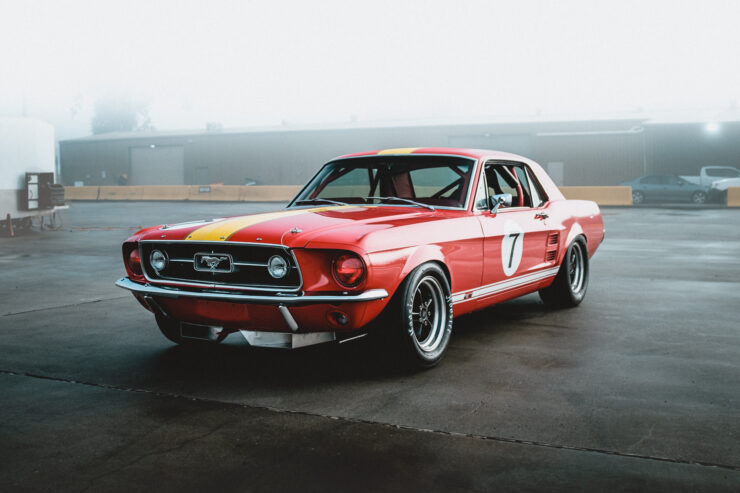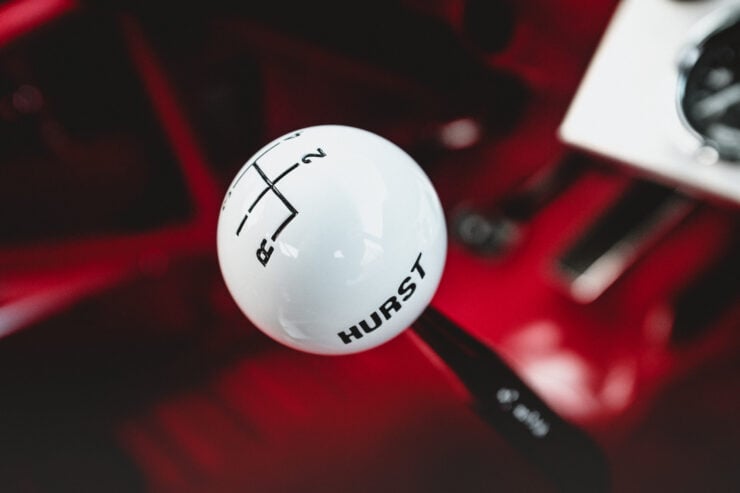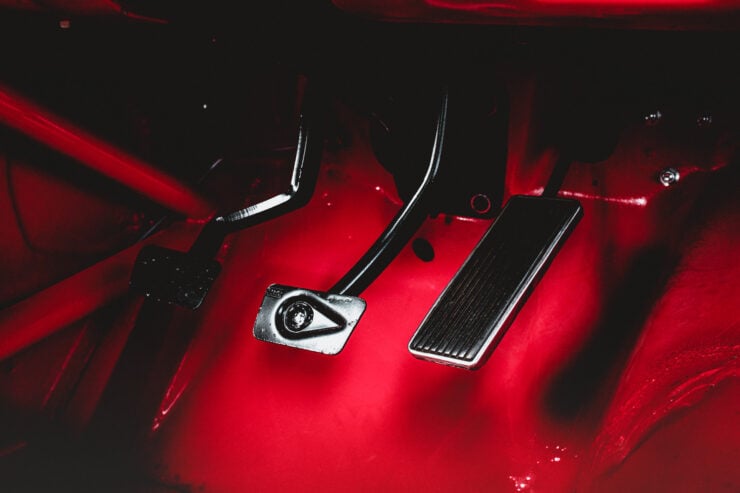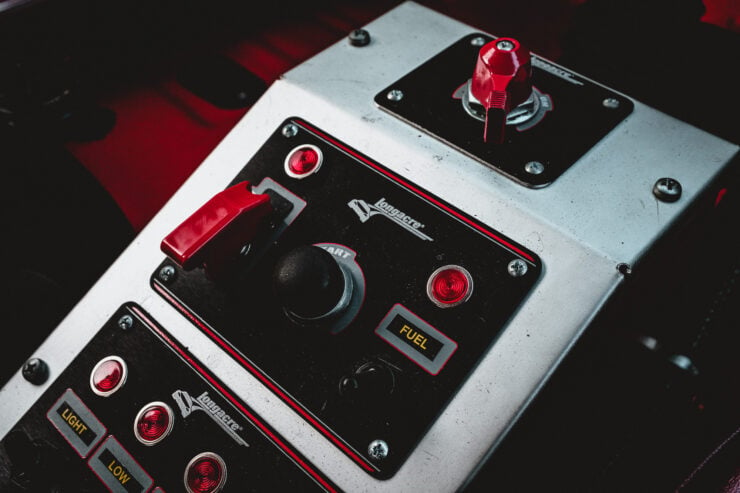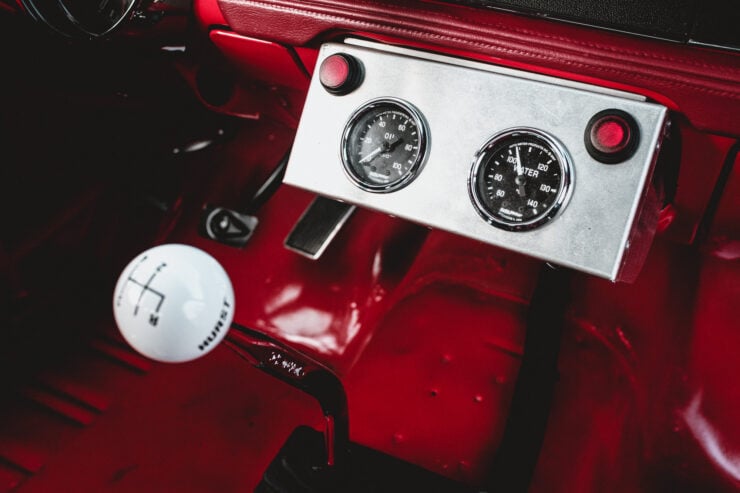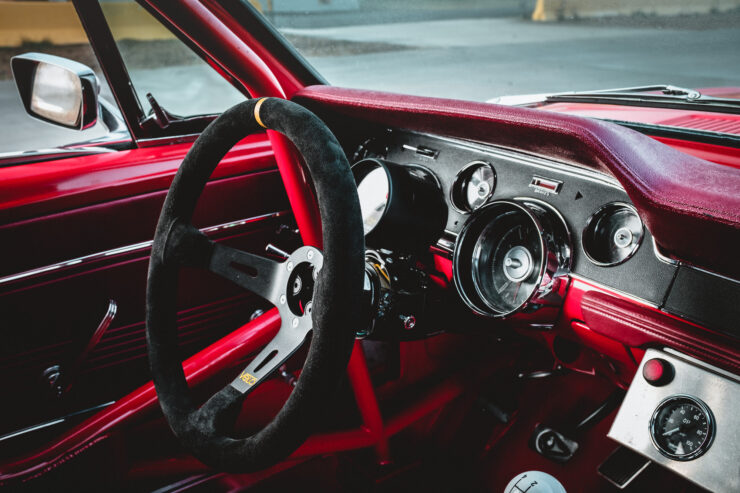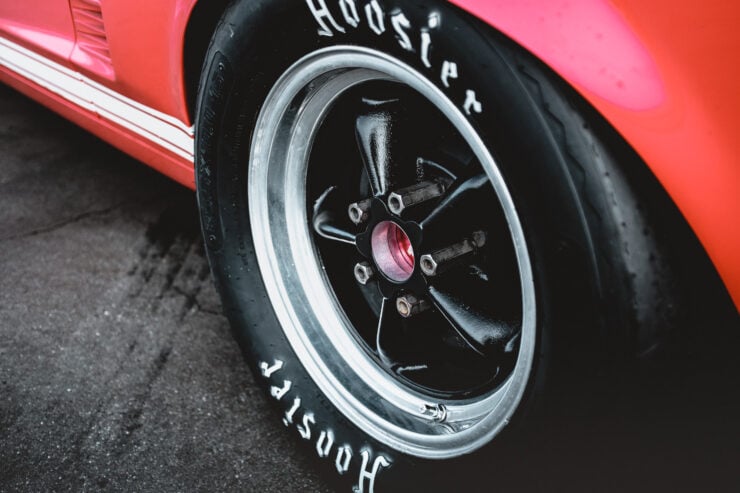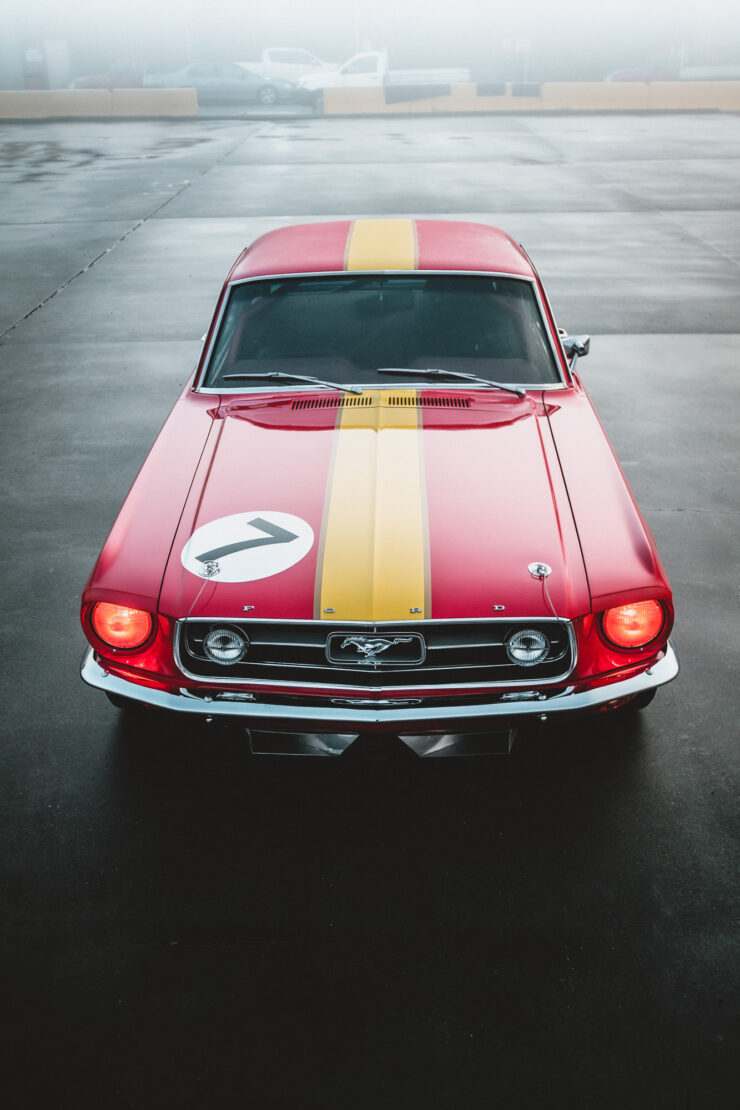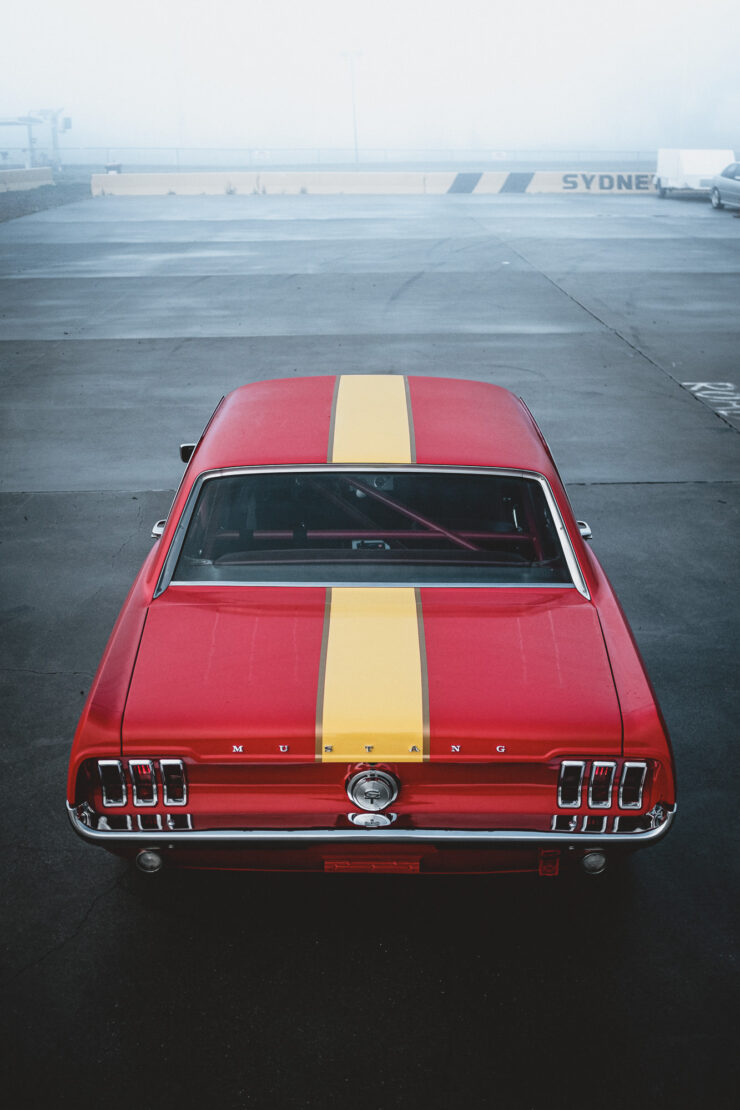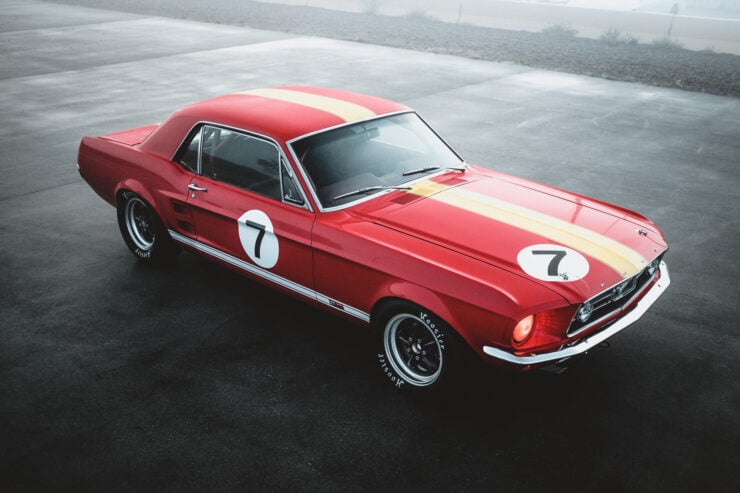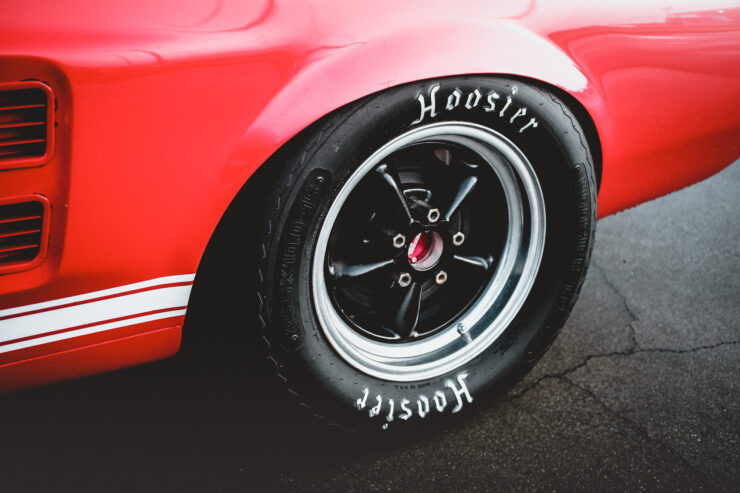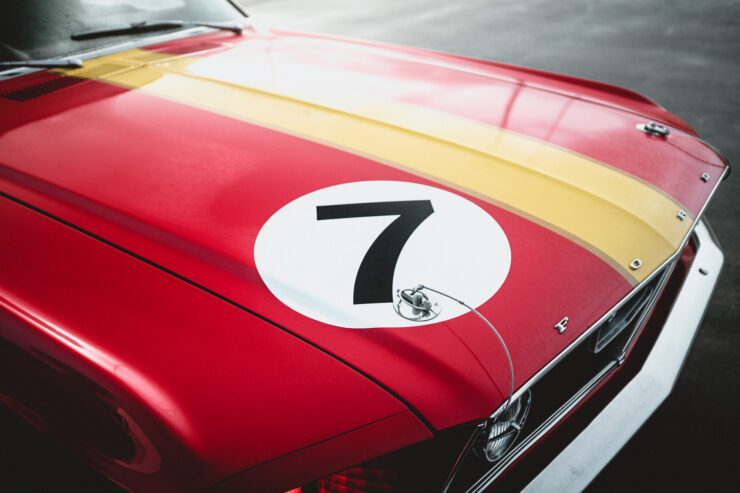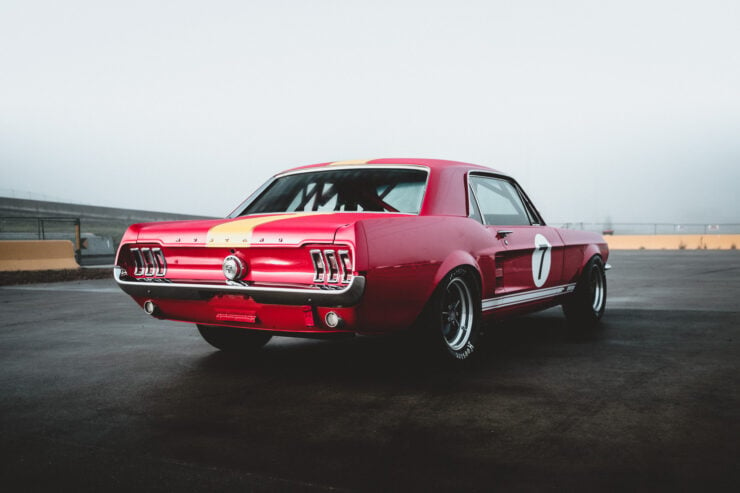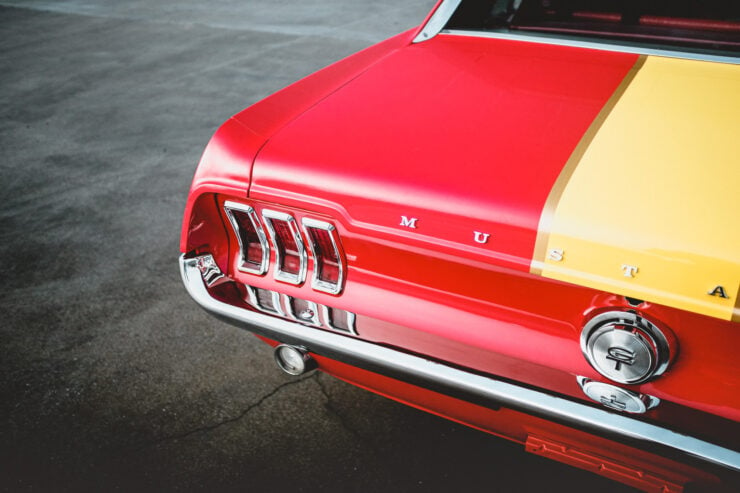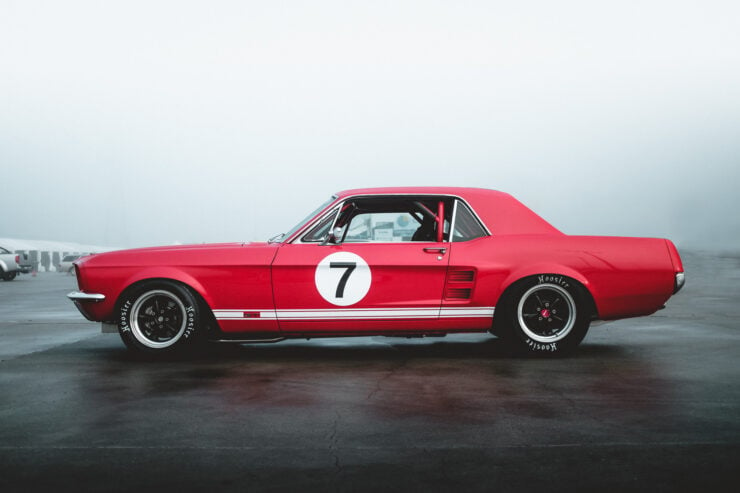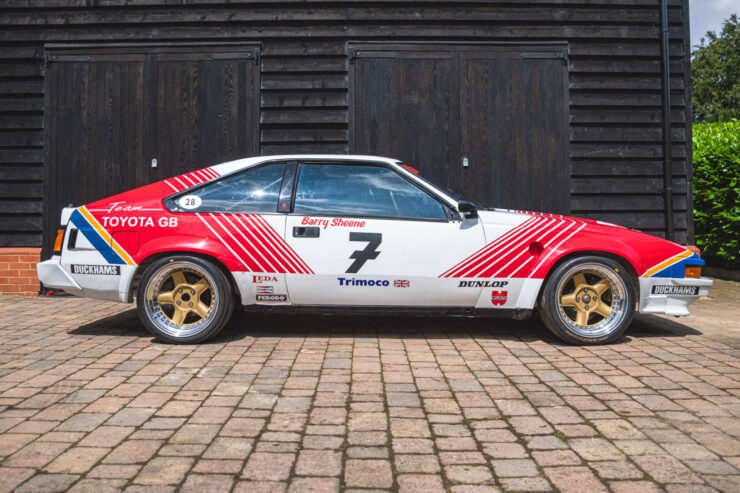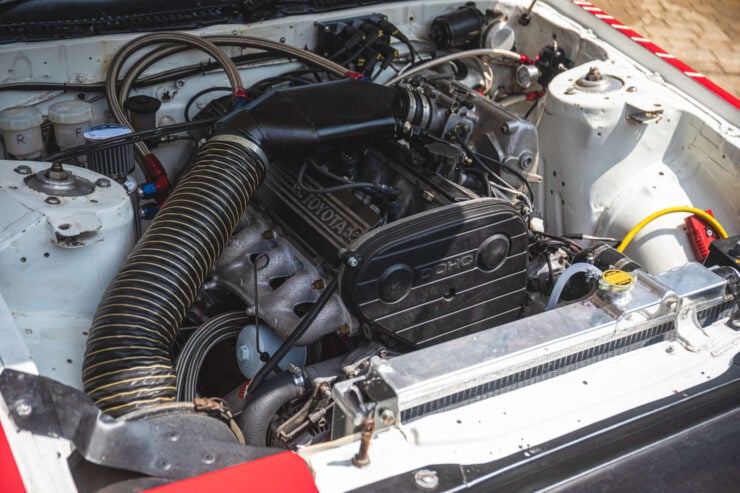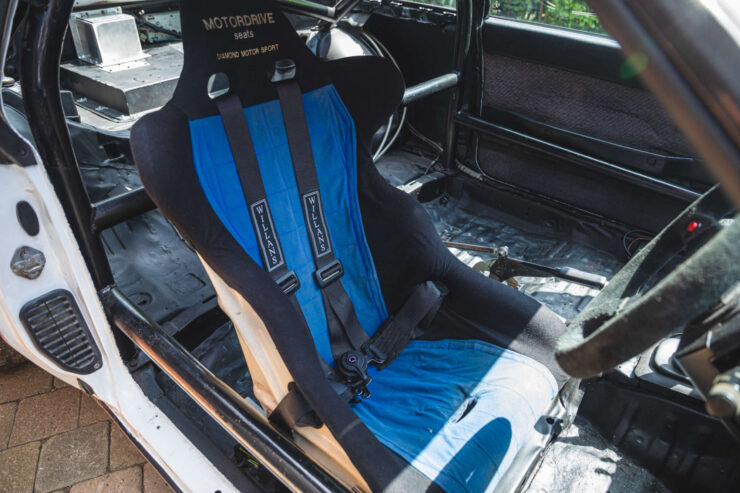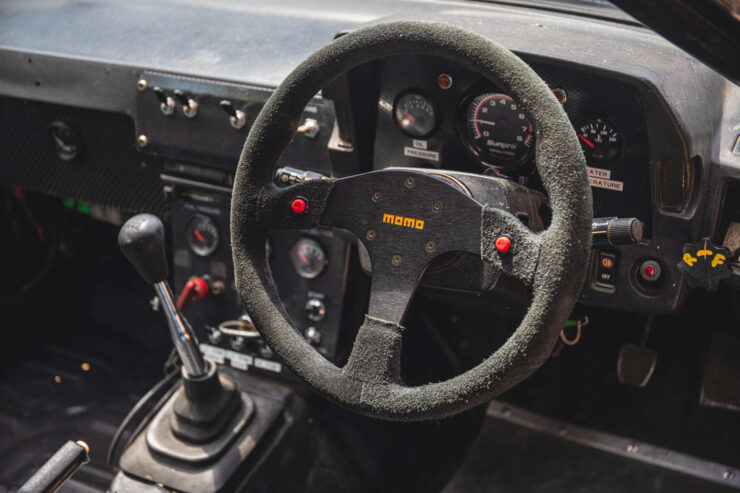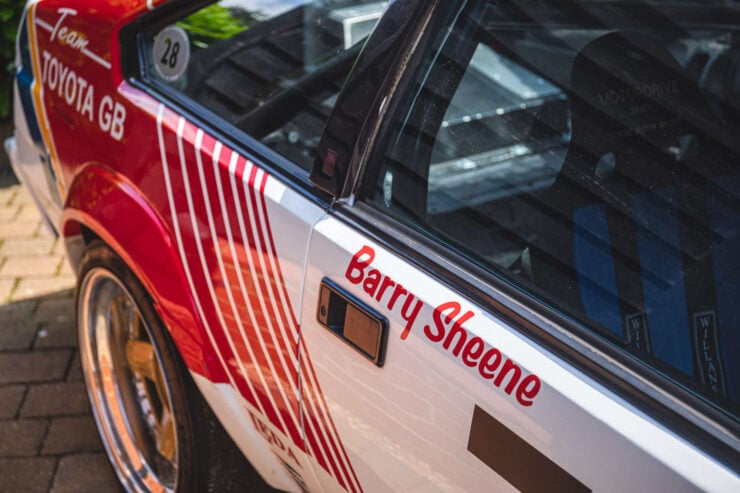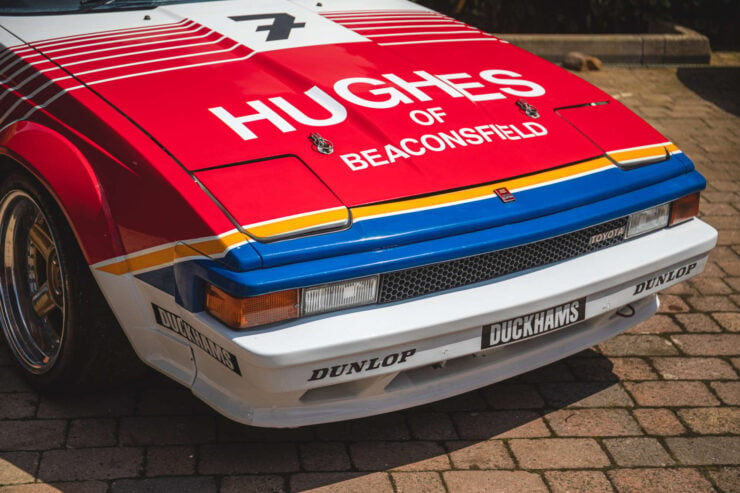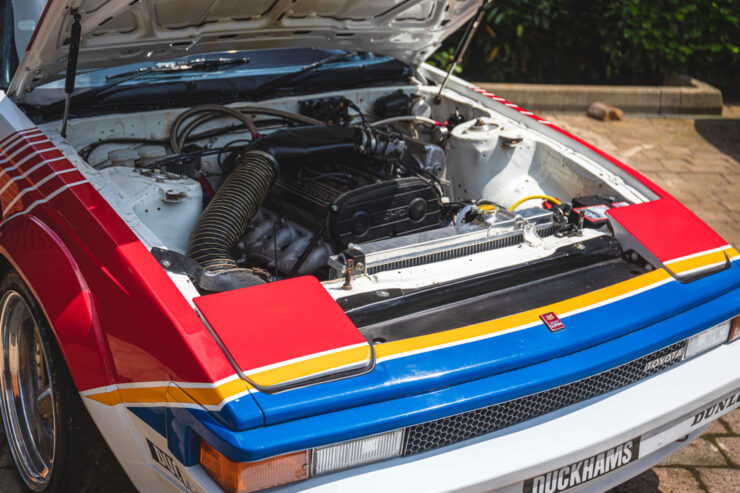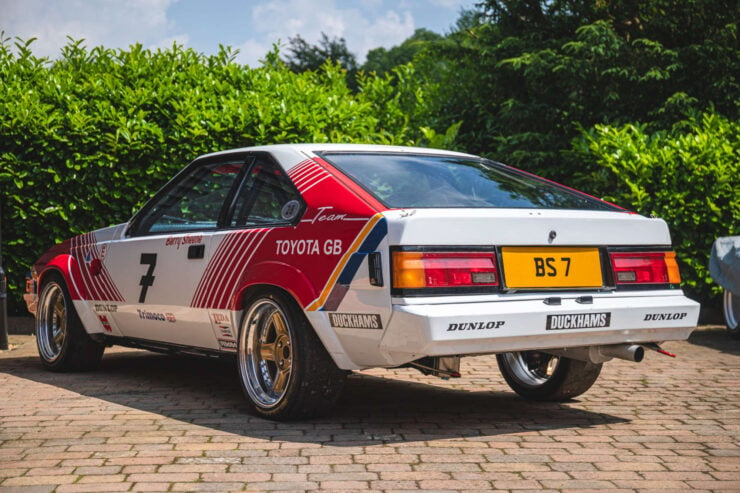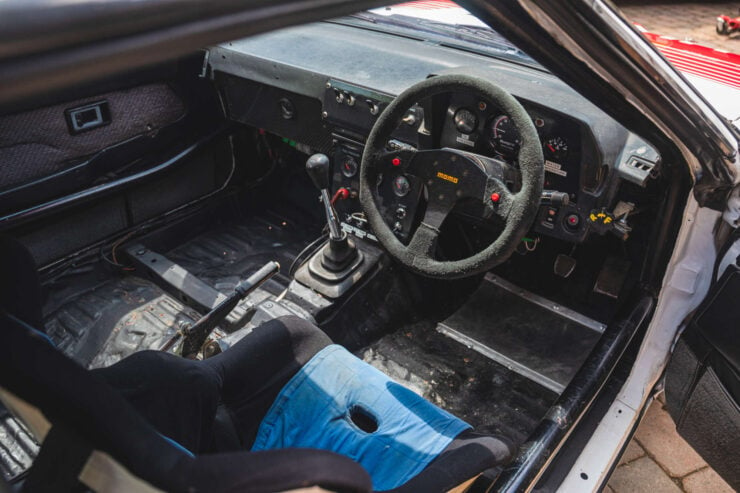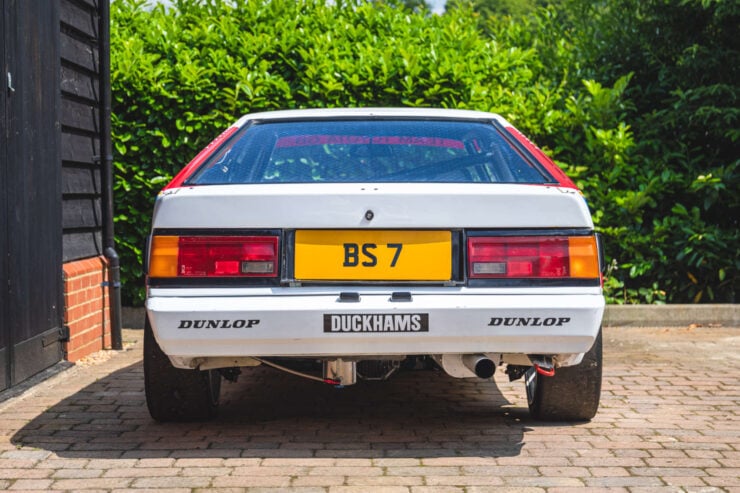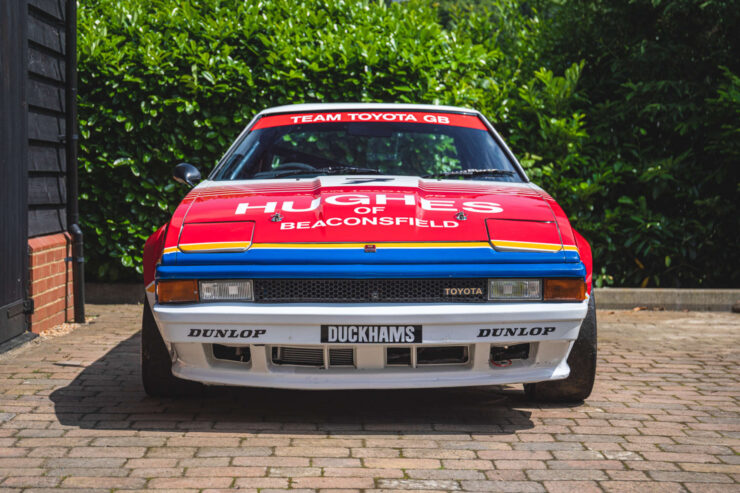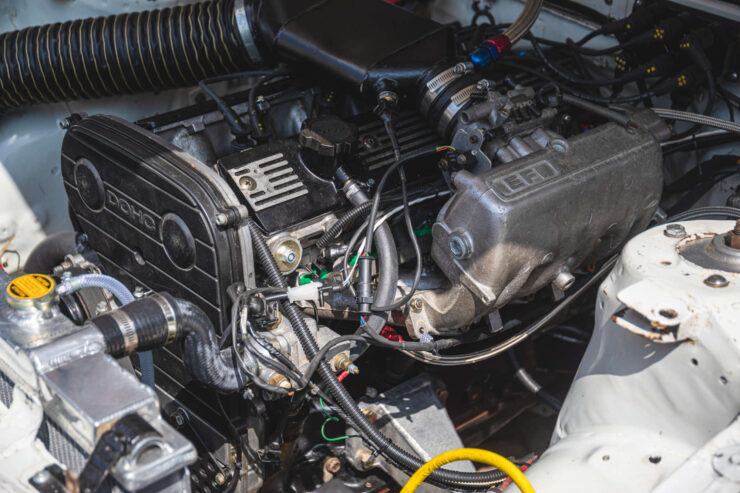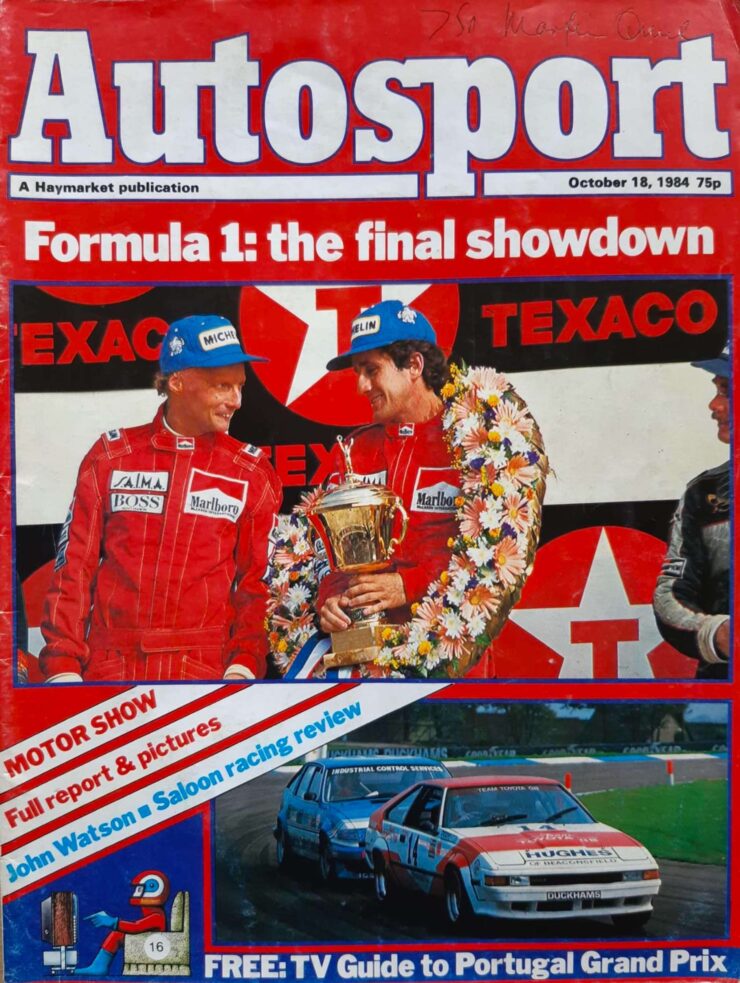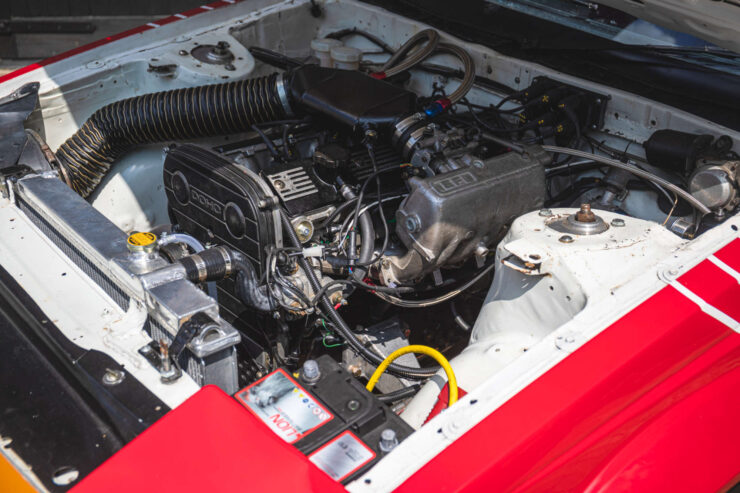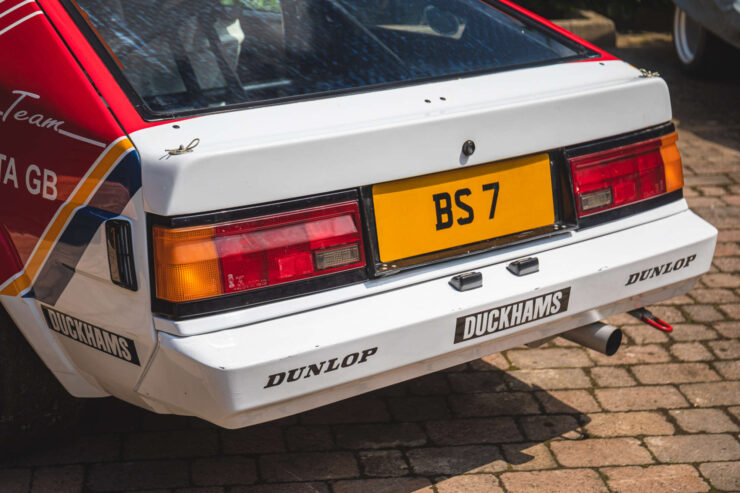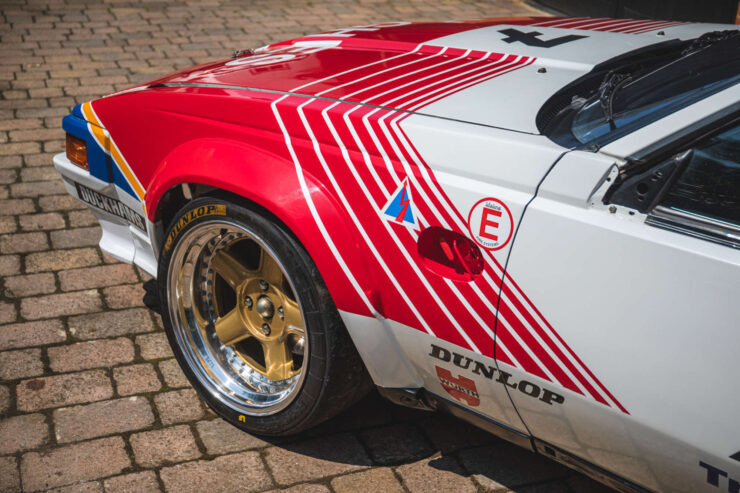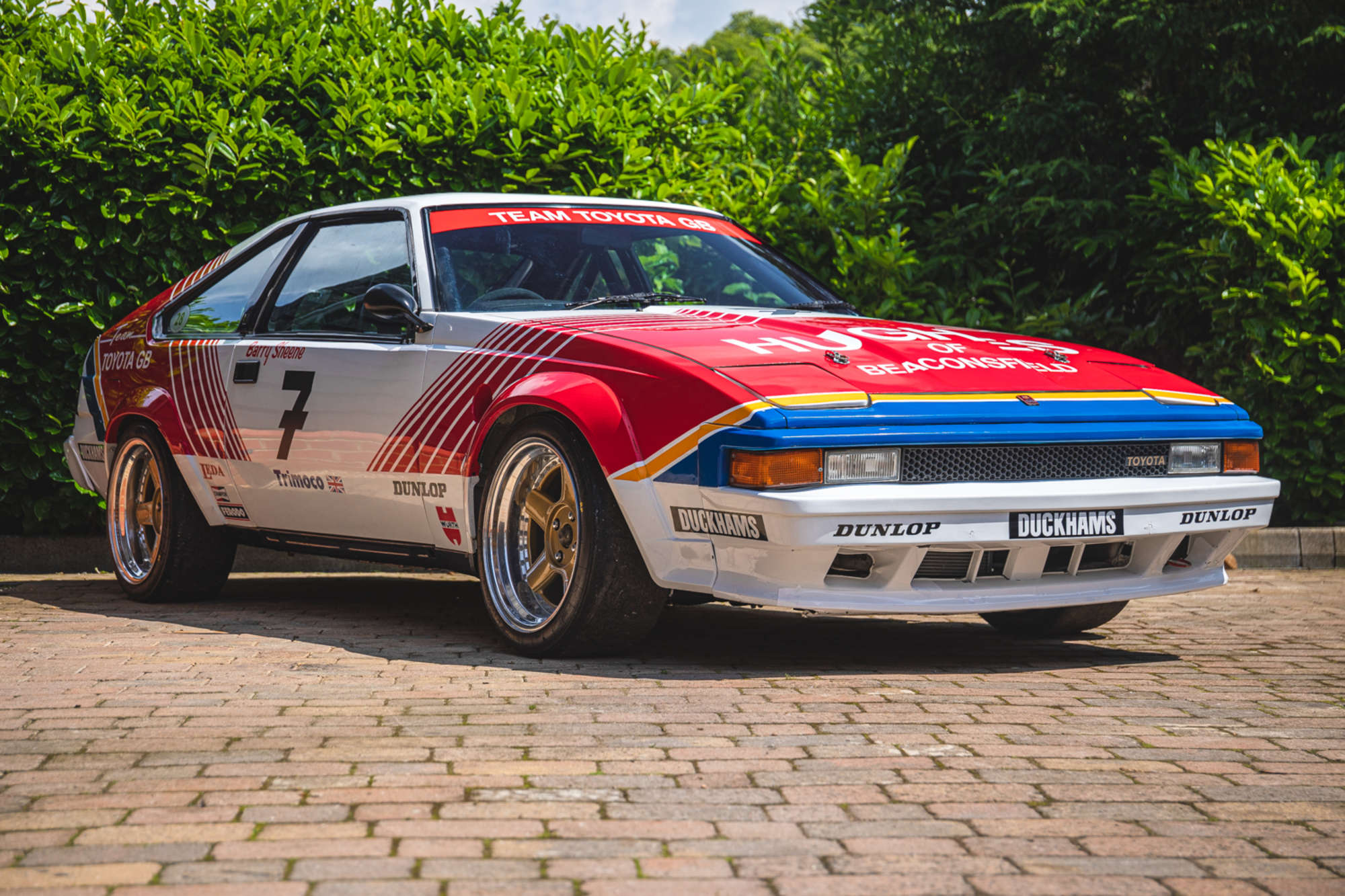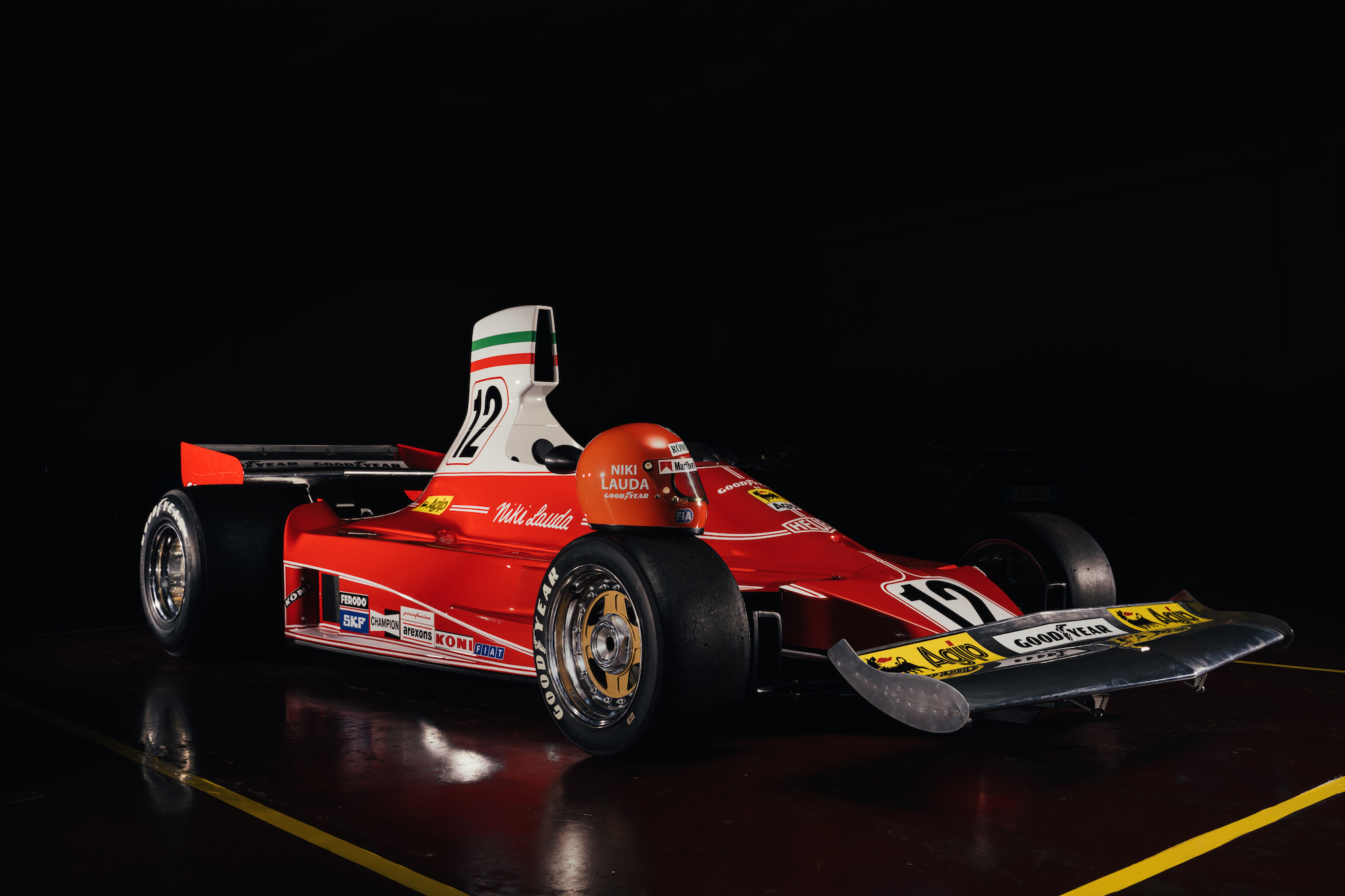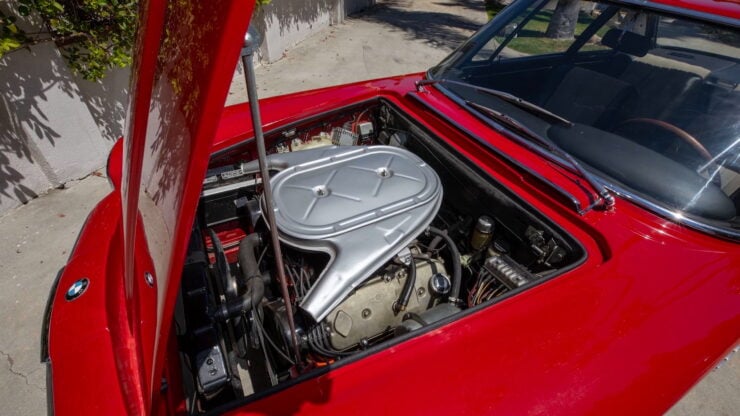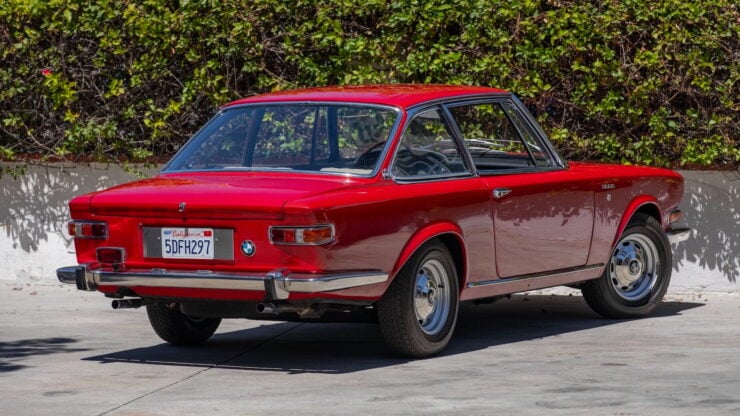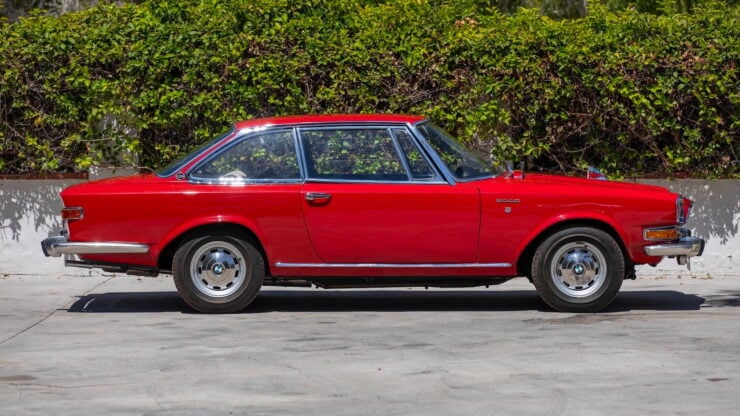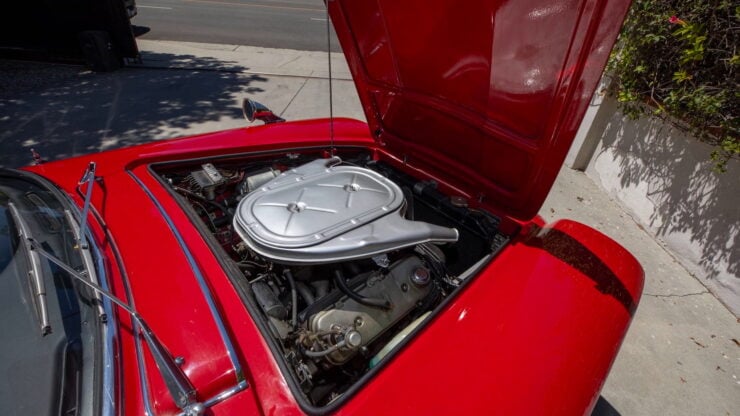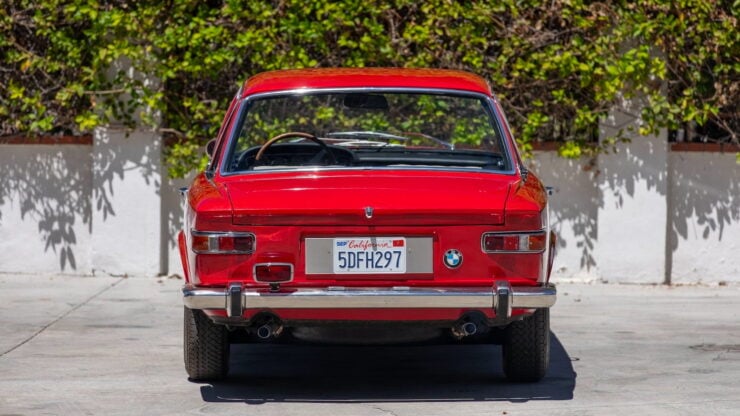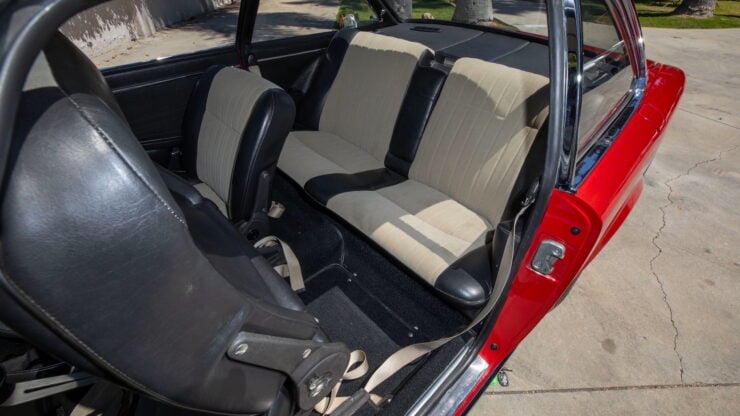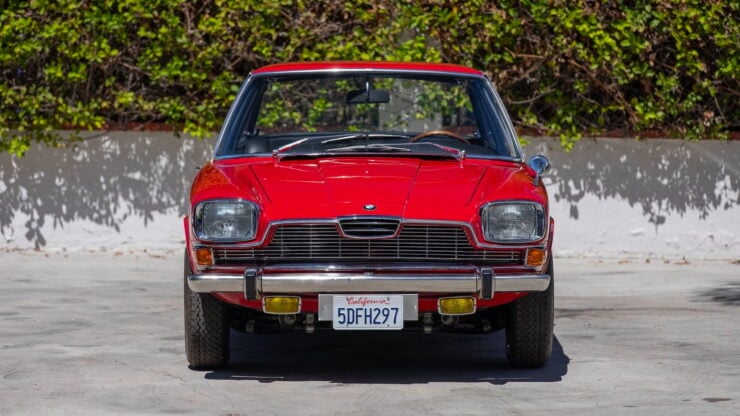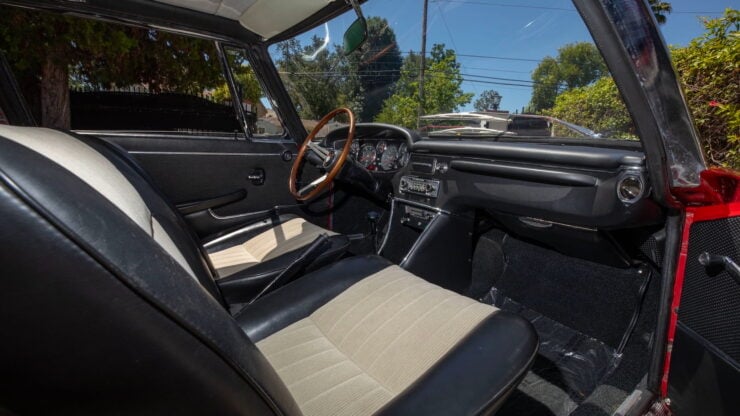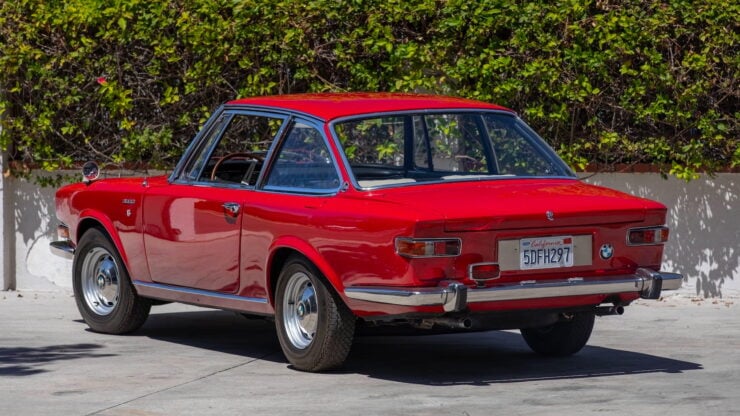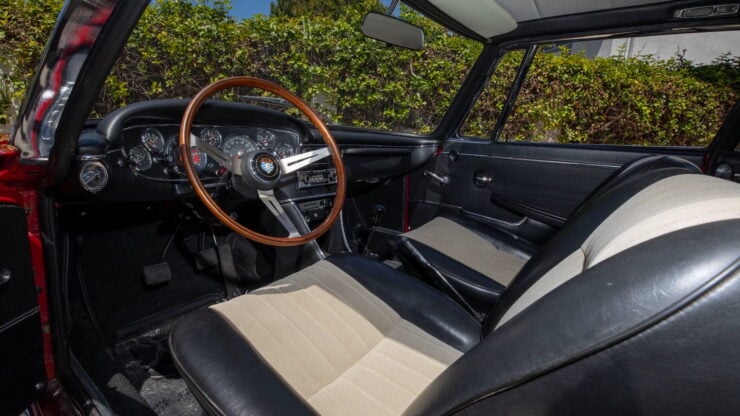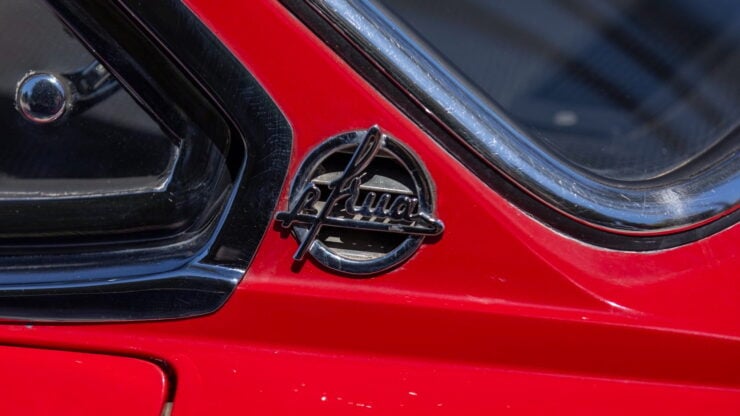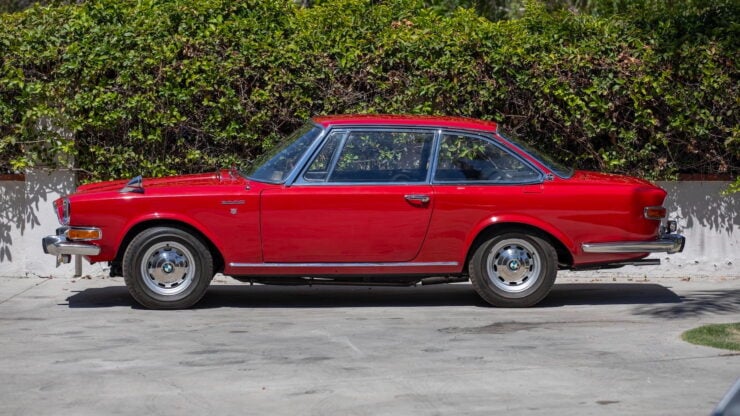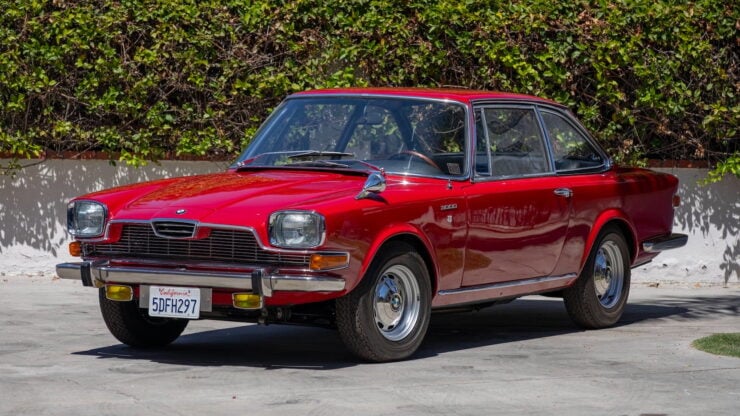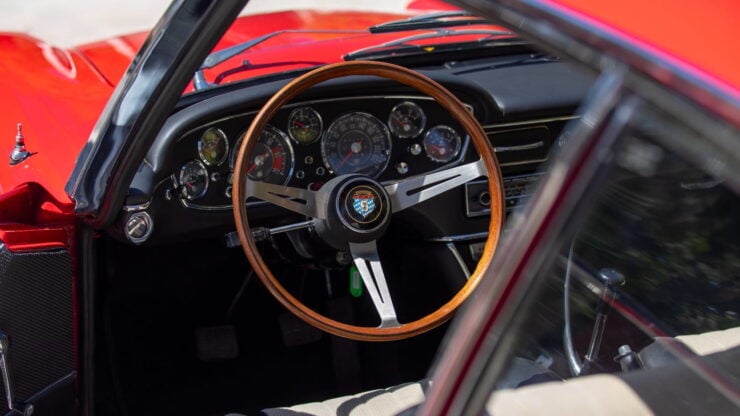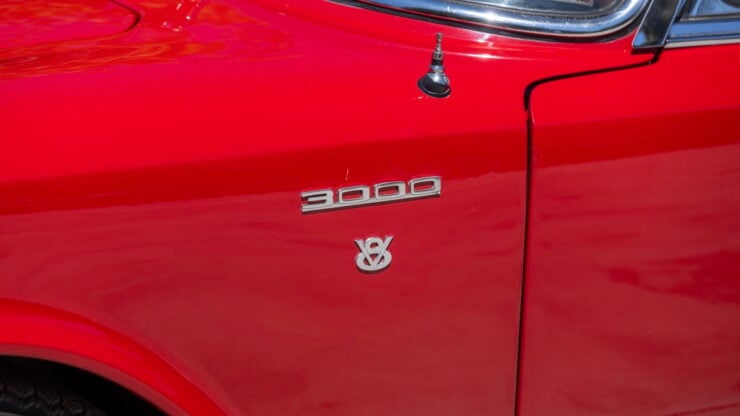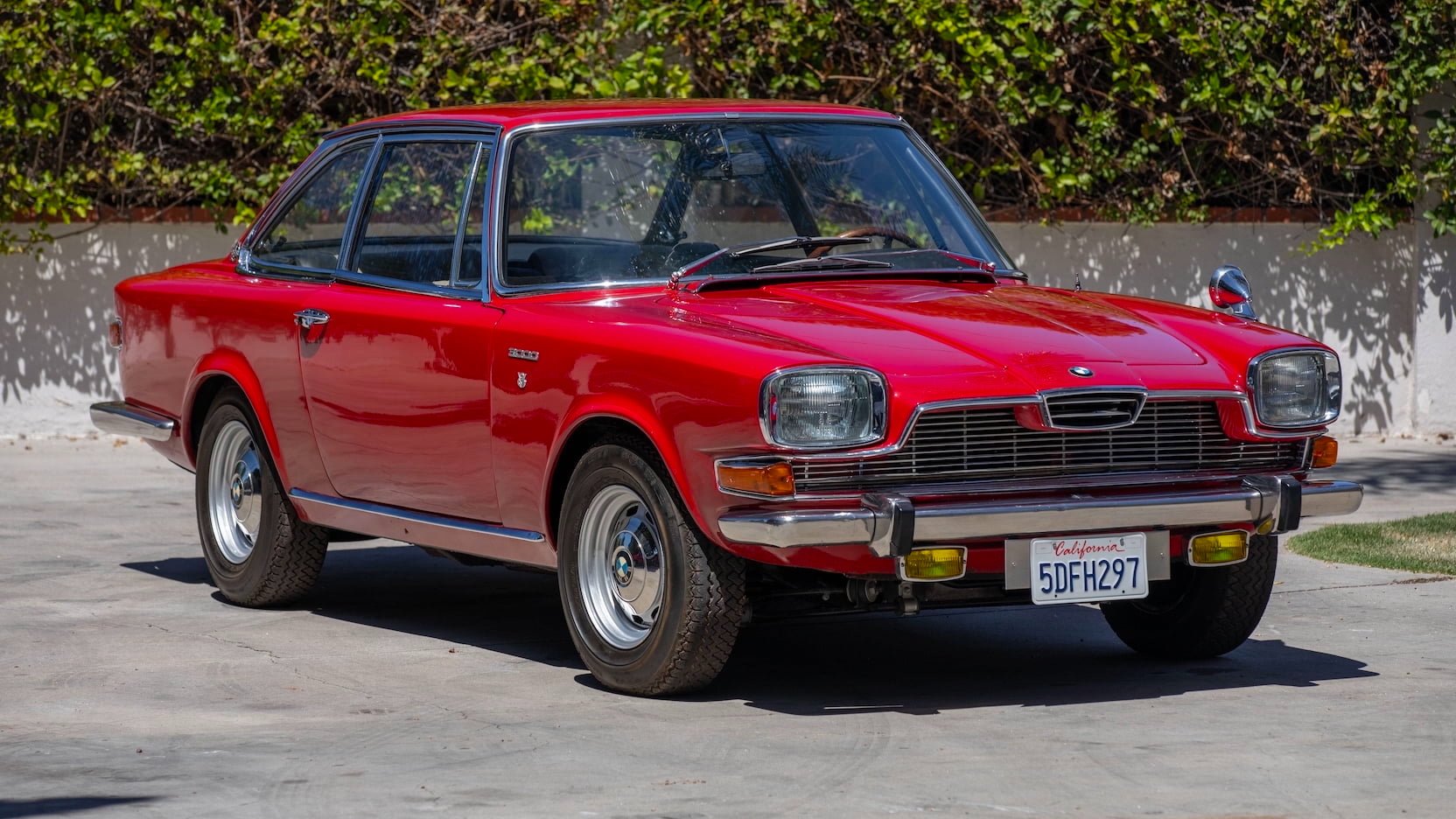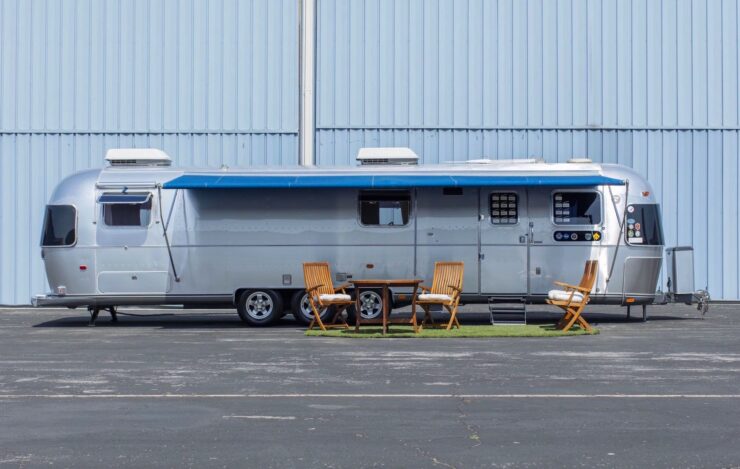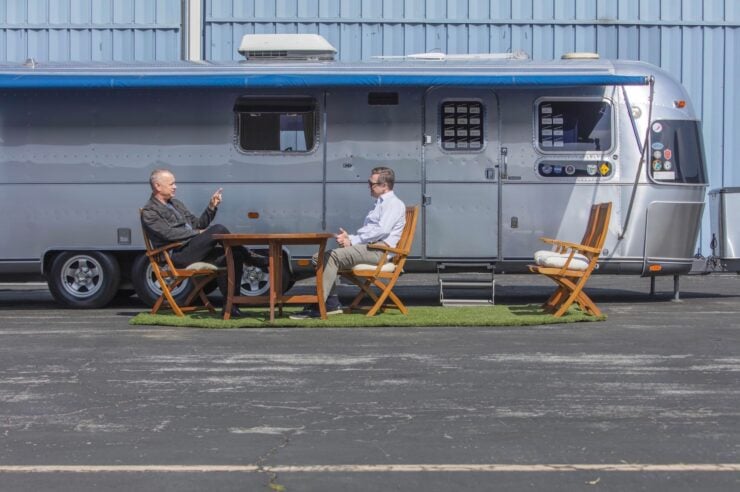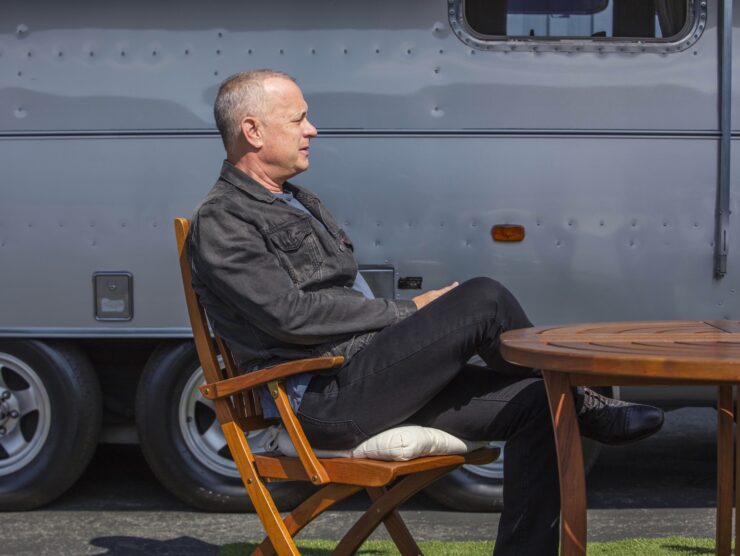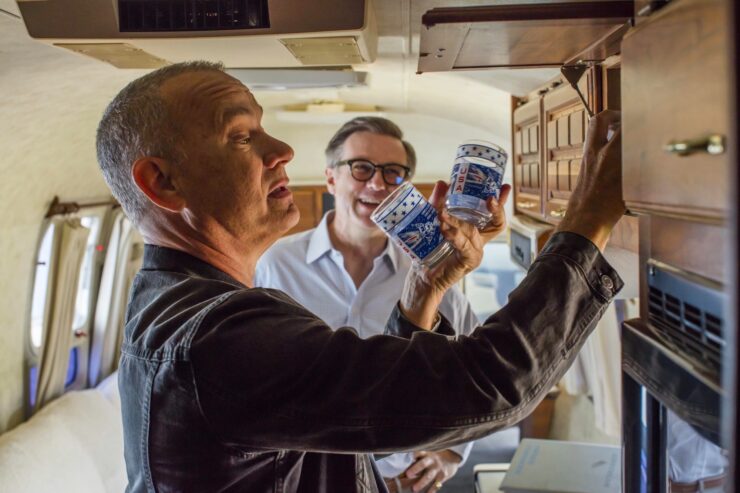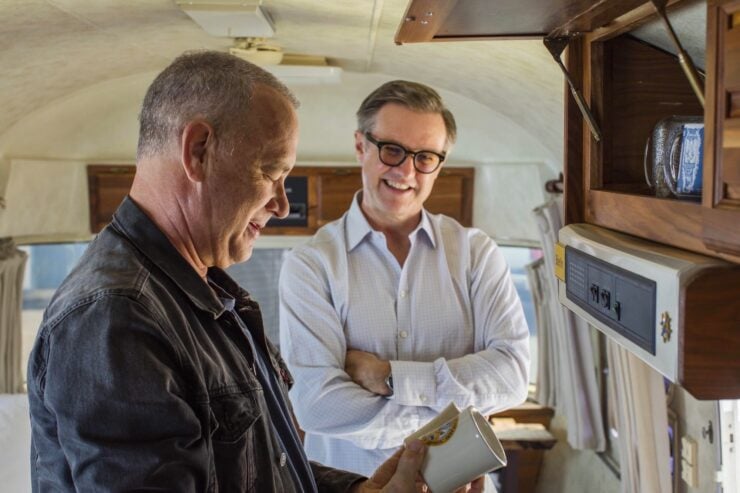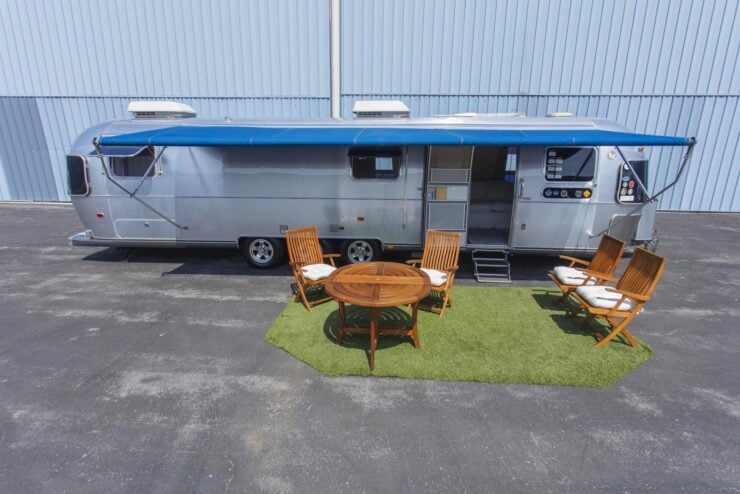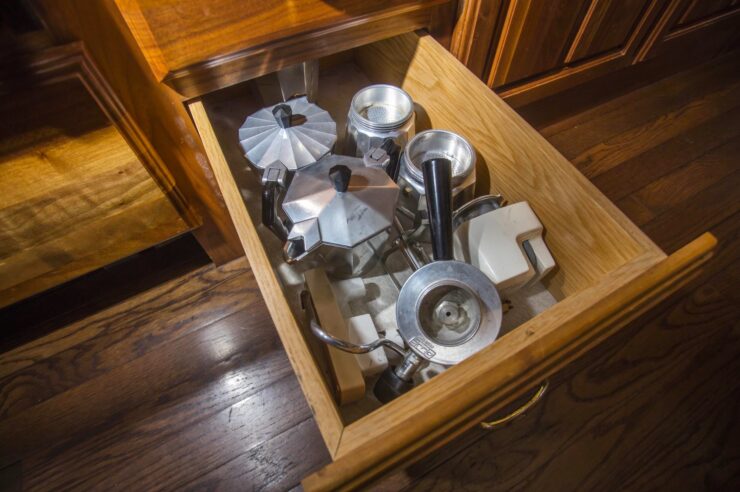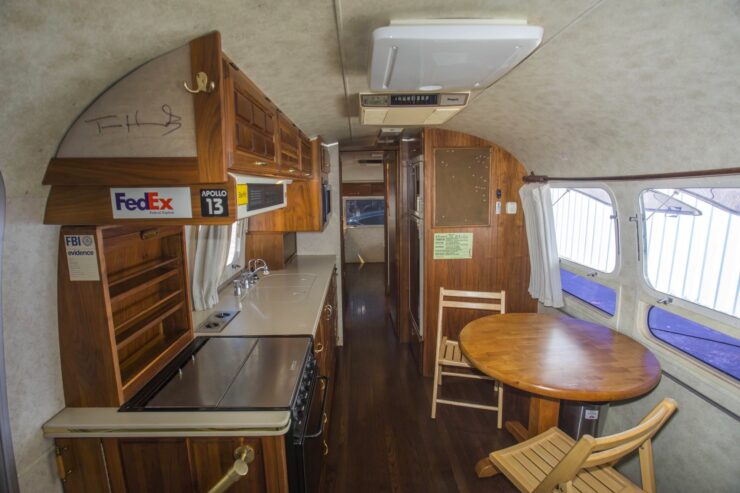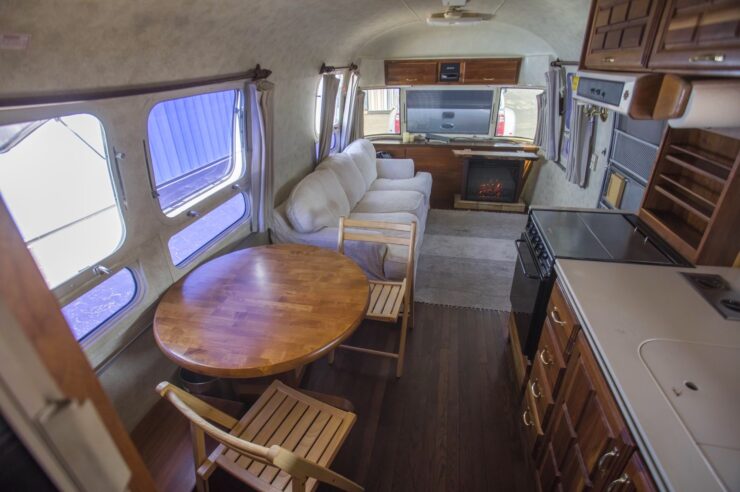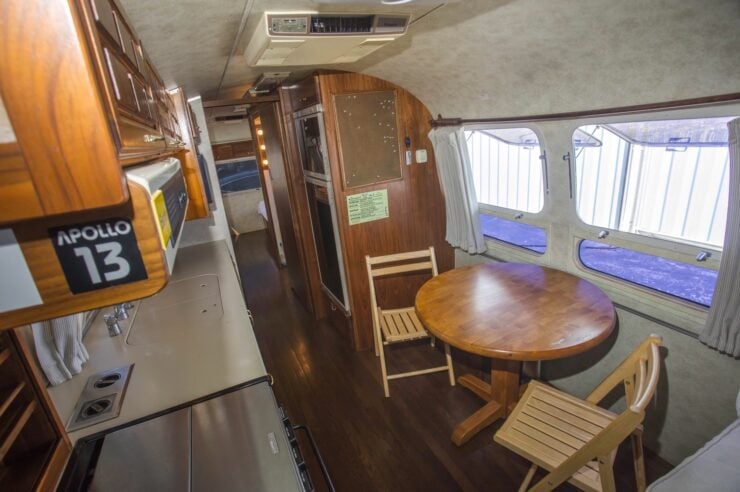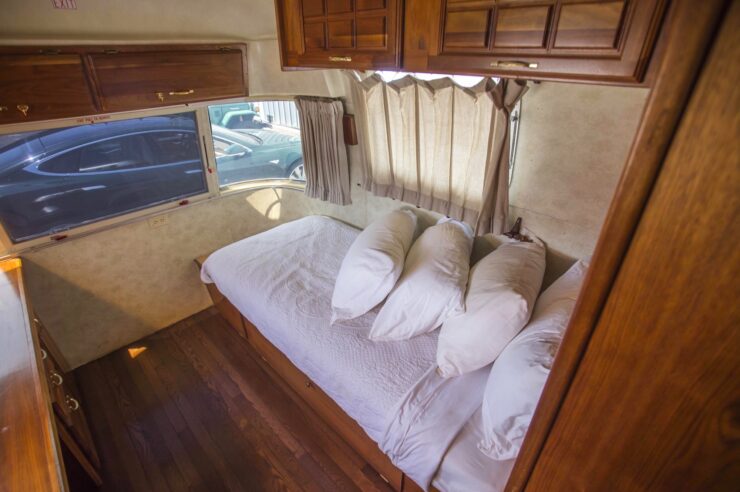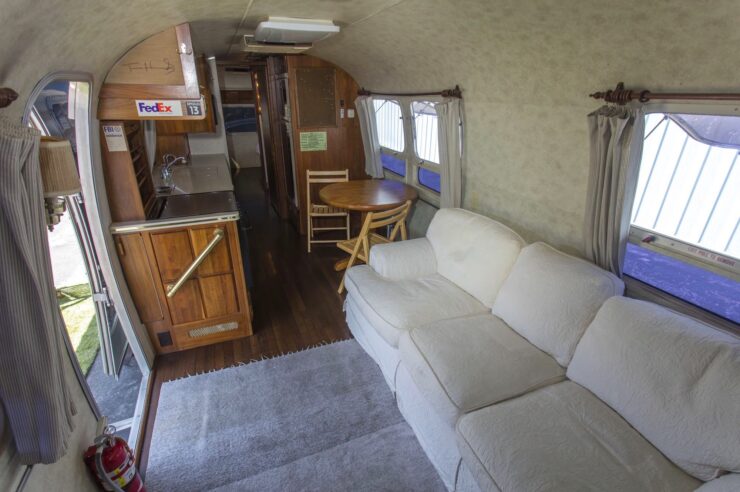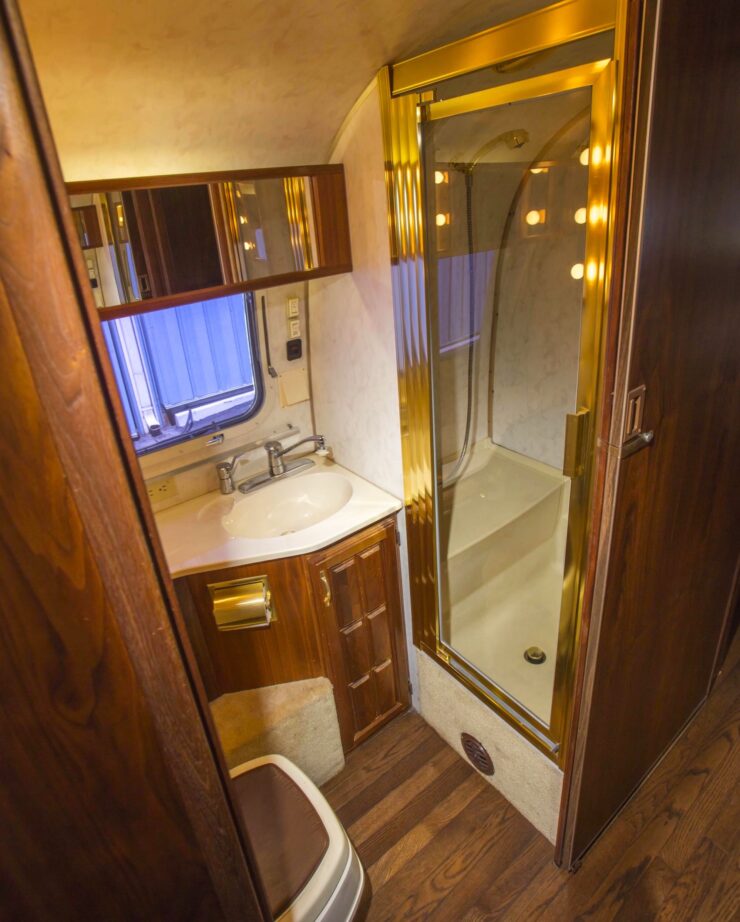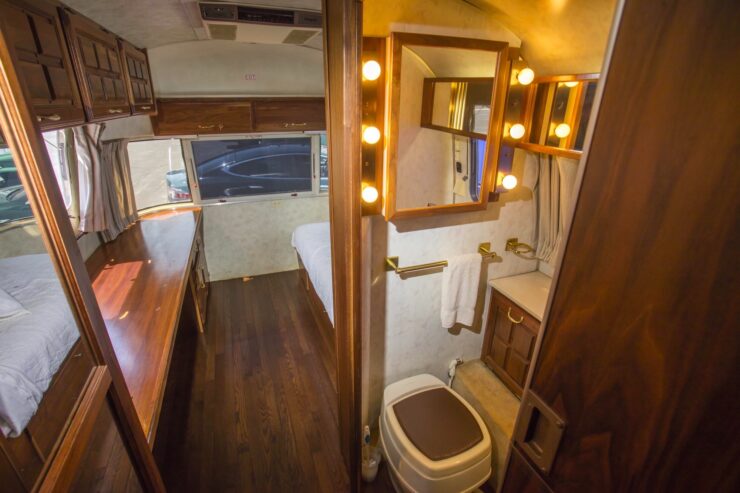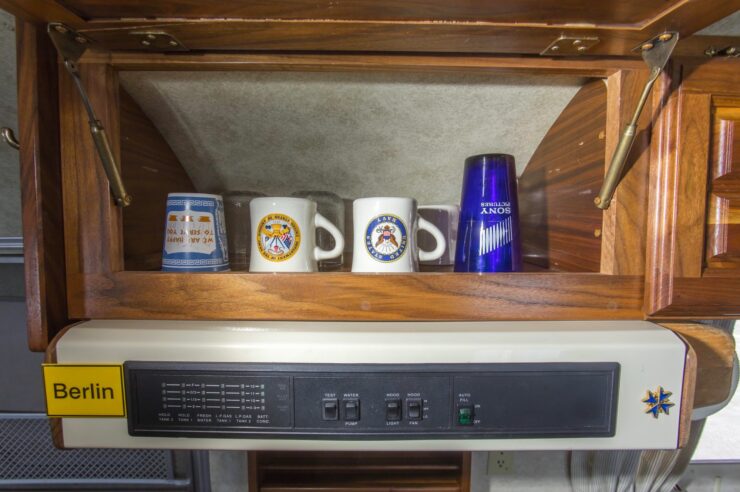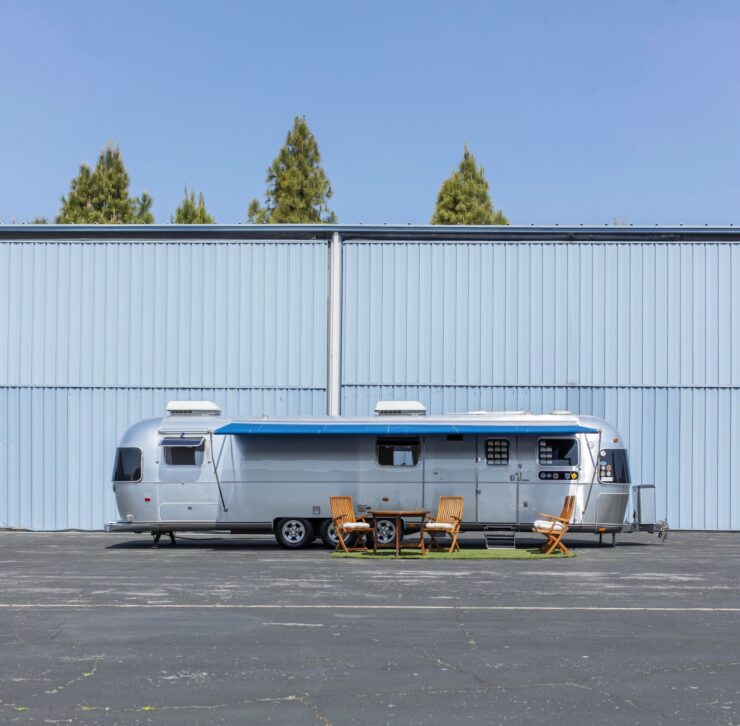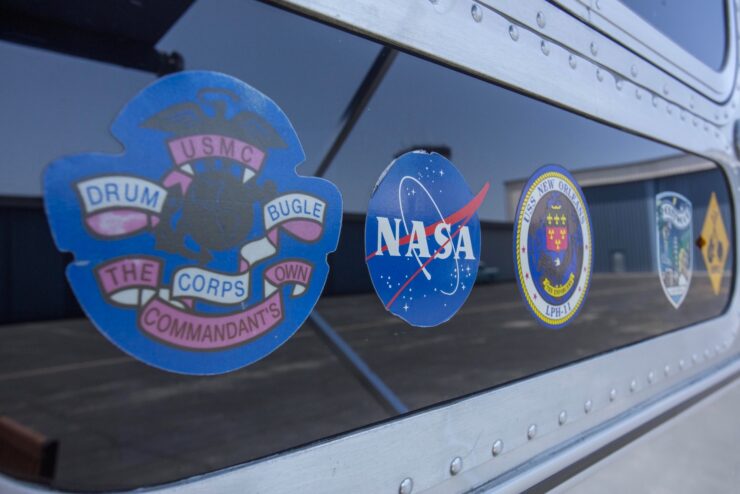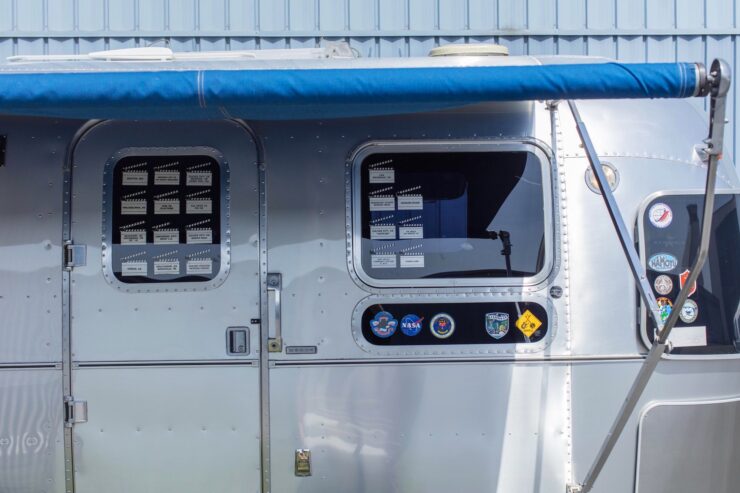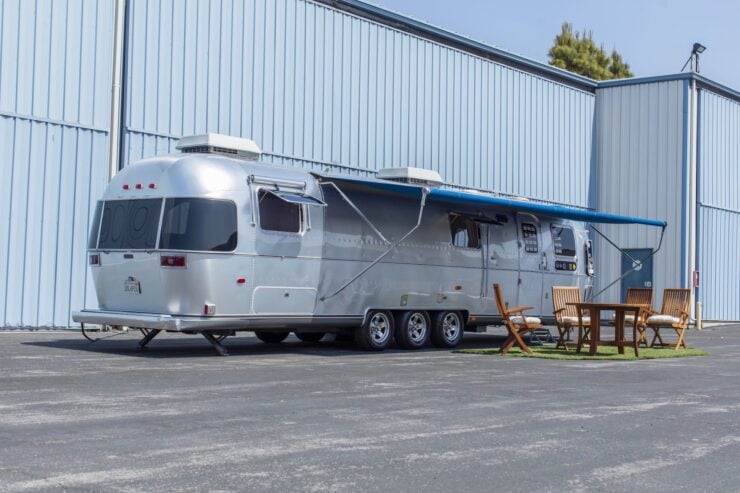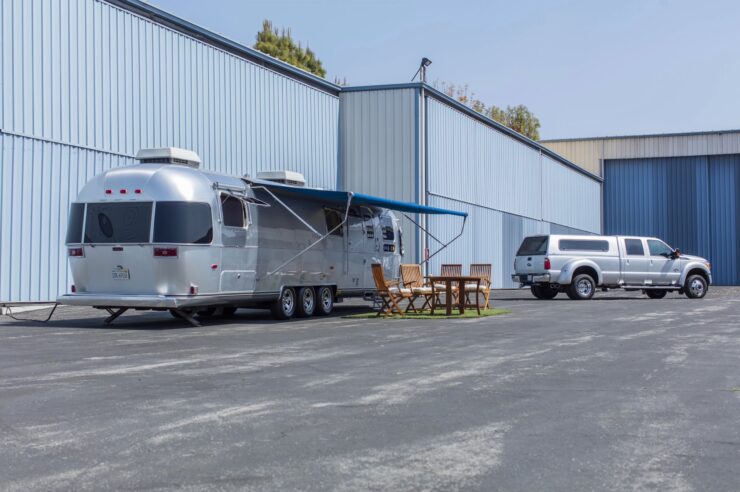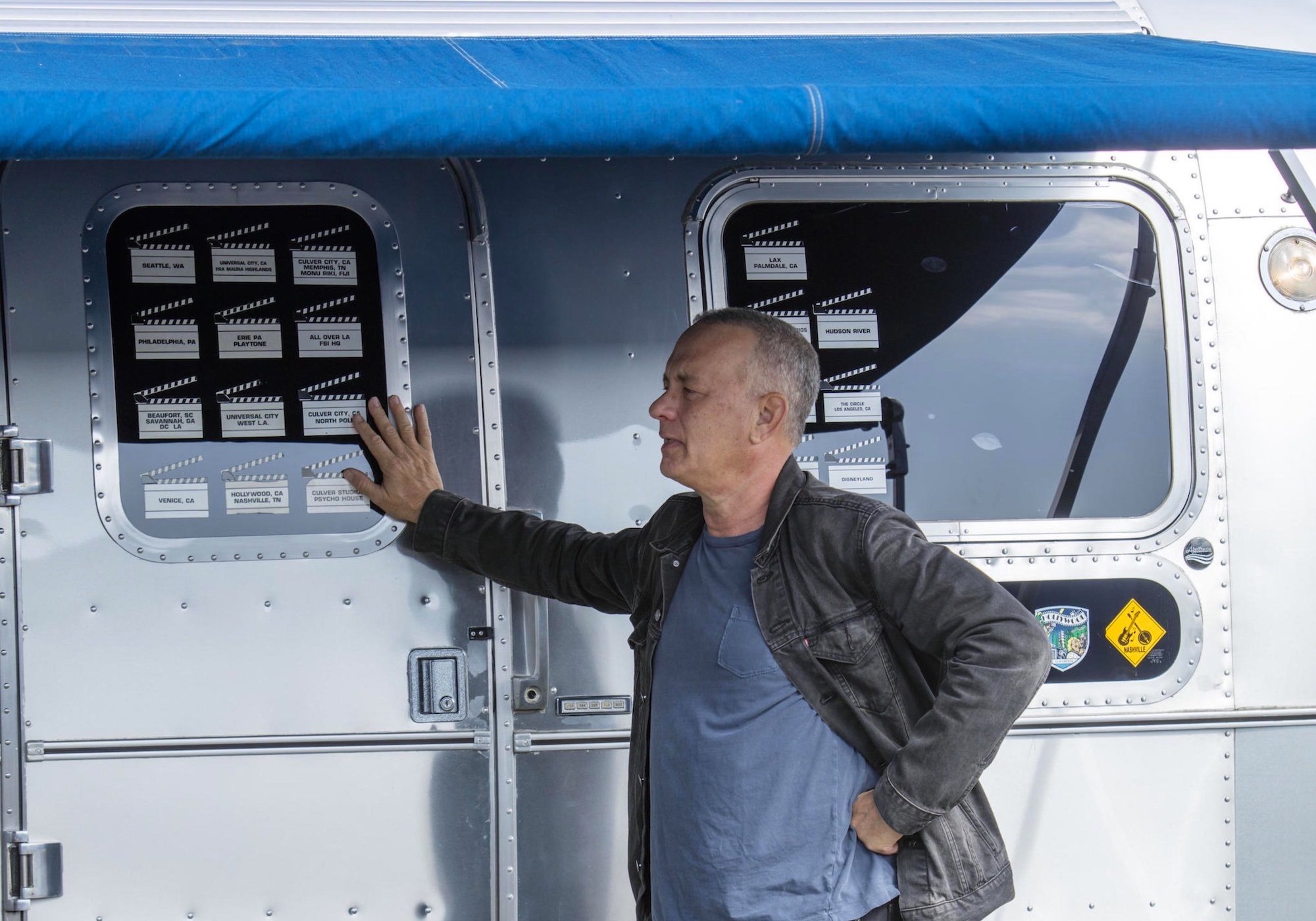This article is an interview by Andrew Jones with Cameron Jurd, the owner of the car you see here – a Ford Mustang 390 GT that was raced extensively in period by Australian motor racing legend Bob Jane, as well as John Harvey, Chris Brauer, and Dale “Mulga” Button.
– What is the make, model, and model year of the car?
It’s a 1967 390 GT. Back then, a 390 GT came from the factory with the 390 (6.3 litre) FE big block engine with 4 barrel carburettor rated at 335hp and 427 ft/lbs of torque, 4 speed top loader gearbox and 9 inch differential. That’s how Bob Jane raced it in the first part of 1967 before he removed the 390 and fitted a mechanically fuel injected 302.
I have restored it to it’s original specification, as raced at Bathurst in 1967 by Bob Jane.
The 390 in the car now was built by Cobra Automotive in Connecticut, USA. John Garutti is a legendary engine builder at Cobra Automotive and has built up an engine that extracts about as much as anyone could get from a 390. Power is just shy of 500hp, with torque is an impressive 465 ftlbs of torque. Power is a long way short of what can be extracted from the more typical 289 and 302 small blocks, but the torque and the sound from the big block are a great trade off!
– Tell us about how and why you came to own it?
The car was owned by Historic Racer, Terry Lawlor. Terry had purchased the remains of the original car from prominent collector David Bowden. Terry had commenced the restoration with the help of Chad Parrish when he offered the project to me back in 2018. Terry had too many projects on the go and offered this to me, I simply couldn’t refuse!
– I’ve heard the car has some interesting history, can you tell us about it?
Bob Jane was the original owner and he debuted it at Bathurst in March 1967, winning 2 of the 3 races that weekend. He continued to campaign the car for just over 12 months, at which time he acquired a new 1968 Mustang from America. Bob Jane Racing retained this car and he entrusted Australian motor racing legend John Harvey to drive it for him until it was sold in 1969 to up and coming racer, Chris Brauer.
Chris campaigned the car very regularly at Oran Park, Warwick Farm and Bathurst in 1970. The final race was the Australian Touring Car Championship race at Lakeside, where ironically, Chris was collected off the start by Bob Jane in his 1968 Mustang and crashed very heavily into a broken piece of Armco fencing.
The crash ended the career of Chris Brauer and almost the Mustang. The car was subsequently repaired and turned into a speedway racer and was campaigned very successfully in South Australia and Victoria by the charismatic Dale “Mulga” Button.
– What work have you done on it over the years?
Total restoration that took 3 years. A challenge was weighing up restoring the car to how it was back in 1967 or to improve different aspects of the car within the rules of current historic Group N regulations.
Where possible, we went with keeping it 1967. For instance, we could have run a modern Tilton pedal box but we retained original 1967 pedals. Aside from safety considerations, we kept the car as close as possible to how Bob Jane raced it at Bathurst in 1967.
– Can you tell us about any interesting adventures or stories that you’ve had in the car?
I’ve only driven it once, at Eastern Creek. The lap times I was doing on Sunday would have placed it 3rd on the grid in Group N, where the front running Mustangs have 150hp more from their small blocks and are over 100 kg lighter.
The car felt superb straight out of the box which is a credit to Brad Tilley who builds the fastest and most reliable historic cars in the land. Brad did all of the engineering on the car and it was on the money from the first lap.
– What are your favourite things about the car? What could it maybe do better?
My favourite thing about the car is it is an actual Bob Jane car and thus an important part of Australian motor racing history. It is also unique being the only big block engined Mustang to ever be log booked and raced in Australia. I also love the thunderous exhaust note!
– Can you tell us a little about yourself, and why you chose this car in particular? What other cars do you own?
Owning and restoring a Mustang is a little left field for me, being a Jaguar trained mechanic and owning/operating a restoration business for the last 28 years specialising in Jaguar, Aston Martin and Ferrari! The restoration of the Mustang wasn’t difficult, but I did have to call on the specialist expertise of a couple of long time friends who just happen to be Mustang experts – Chad Parrish and Brad Tilley.
– What kind of owner would it best suit?
This car would suit a range of different people. The historic racer who wanted to run at the front of the field in Historic Touring cars in Australia. It would also suit an overseas racer who wanted to run in all of the big historic meetings as the car will have an FIA passport and will be eligible to race at any invitational meeting in the world. It would also suit the investor who would like to own the car, maintain it in the brand new restored condition that it is for future capital gains.
– What are your plans for the car?
‘Initially do some more track days, possibly race it. The idea was to take it to the UK to race it at Goodwood but COVID has killed that. Ultimately i would say I’d sell it as it’s too important a car to race here but overseas the importance and provenance of the car allows direct entry into the big race meetings, so that’s where it’s value is’
Photography and interview by Andrew Jones – Machines That Dream
Images copyright 2021© – Andrew Jones
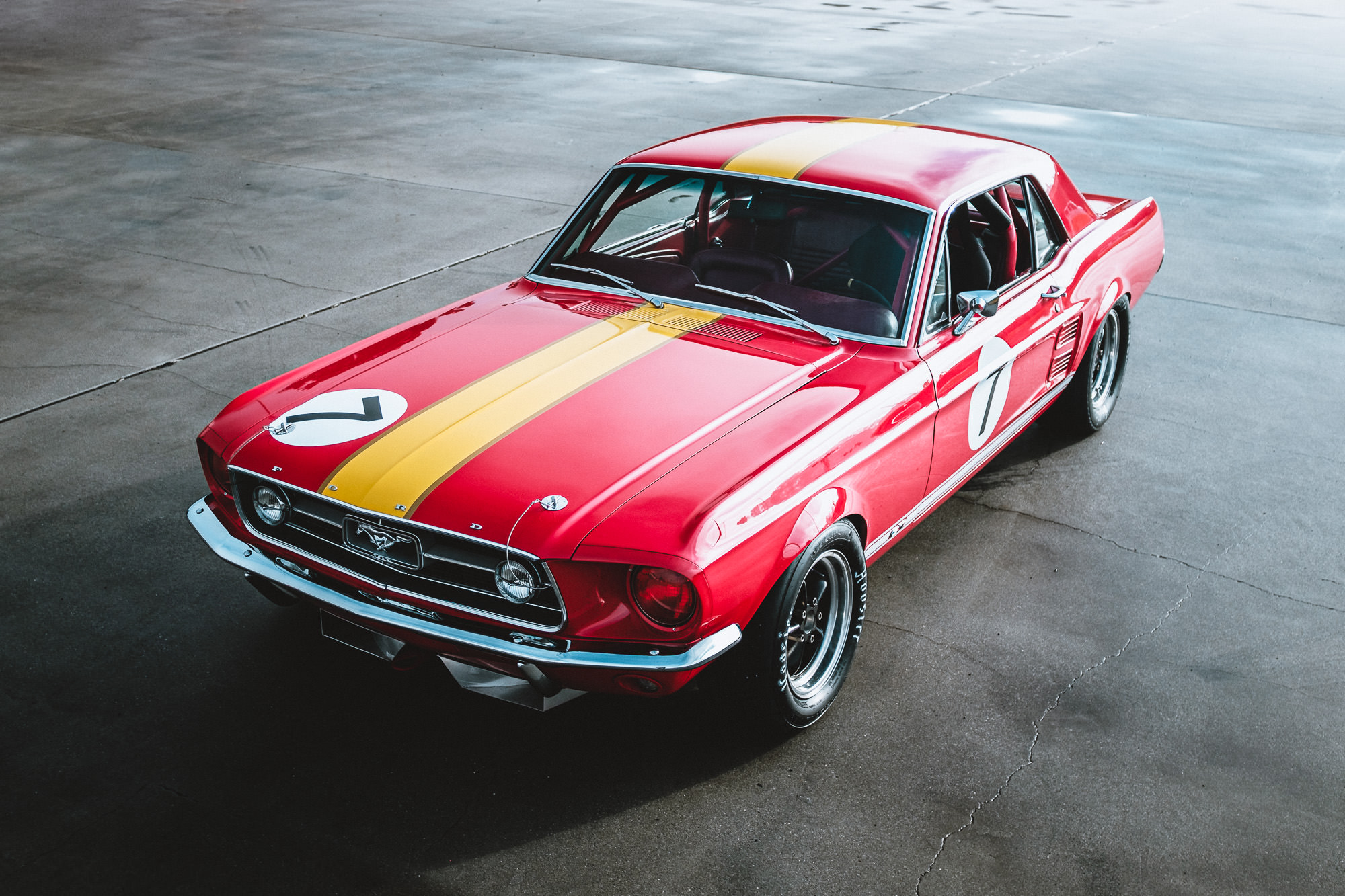
The post Bob Jane’s Bathurst Winning Ford Mustang 390 GT appeared first on Silodrome.
from Silodrome https://silodrome.com/ford-mustang-390-gt/
via gqrds
